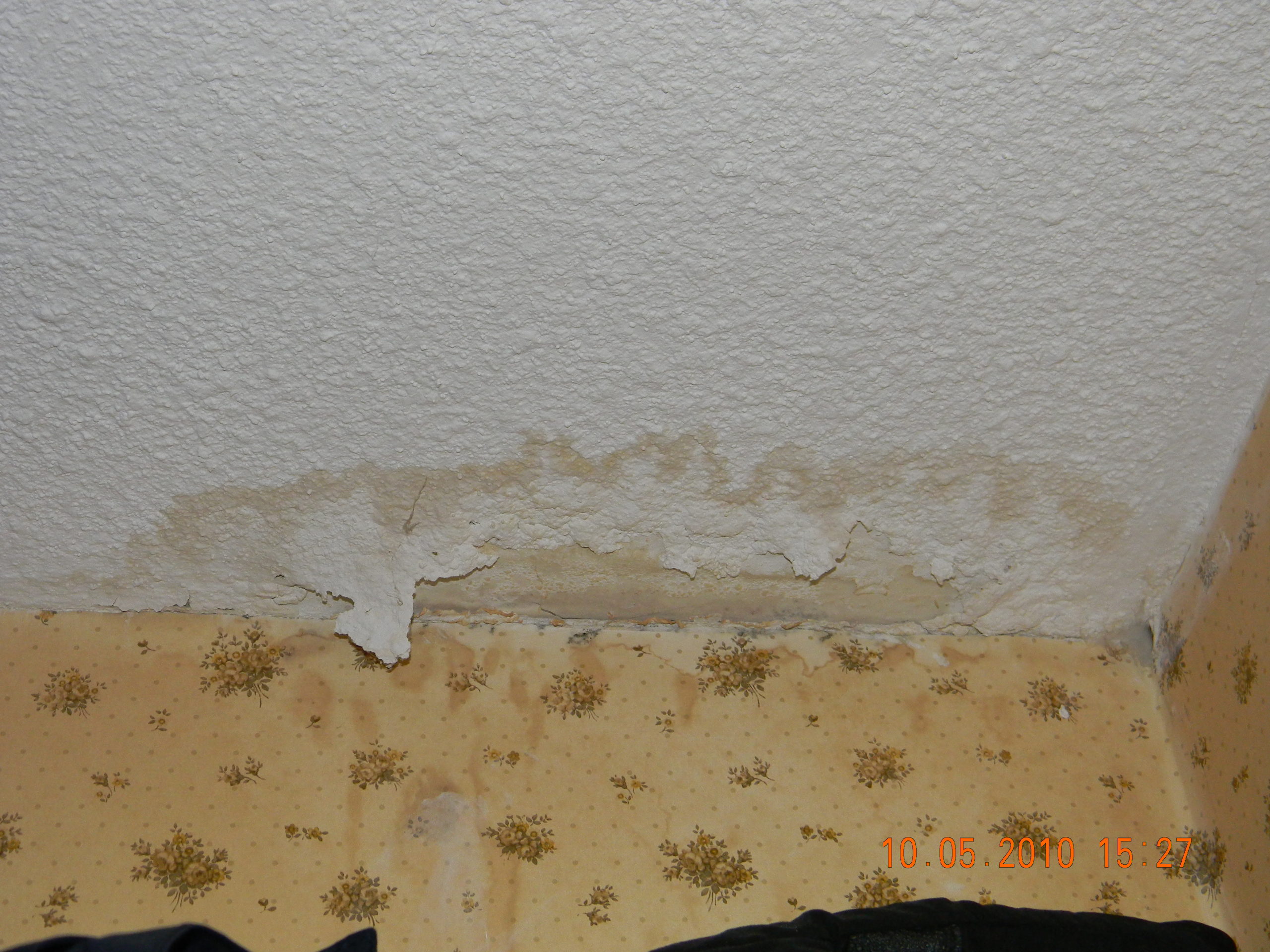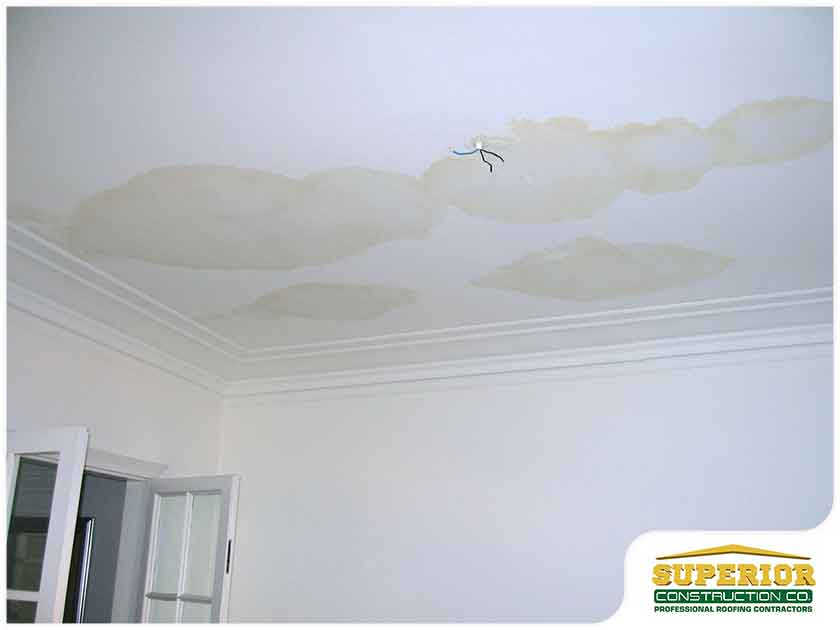Discovering and Resolving Water Stains on Wall Surfaces
Discovering and Resolving Water Stains on Wall Surfaces
Blog Article
The author is making several good pointers related to How to Find and Repair Water Leaking in the Wall as a whole in the content followed below.

Water discolorations on walls are not positive to the eyes. Your home needs to be without spots on the wall surfaces, roof, or floorings. That is the excellent state of a house as well as its frameworks. Occasionally it seems nearly unavoidable to experience water stains on wall surfaces in residences.
Home owners residing in damp areas frequently manage the worry of water spots on walls. Yet that doesn't have to be the case for you. With all-round and also precise information on the sources of water stains and timely repair work procedures, you will certainly constantly be a step ahead of such occurrences. So, this write-up guarantees to be a valuable guide for you.
3 Typical Root Causes Of Water Spots on Walls
Contrary to common belief, water stains on wall surfaces do not always come from inadequate building products. There are numerous sources of water spots on walls. These include:
Wet
When hot wet air consults with completely dry cold air, it creates water beads to form on the walls of structures. This takes place in kitchens and bathrooms when there is heavy steam from food preparation or showers. The water beads can discolor the surrounding walls in these parts of your home and spread to other areas.
Wet or condensation affects the roofing and also wall surfaces of buildings. When the wall is wet, it produces an appropriate atmosphere for the growth of microorganisms as well as fungis.
Poor Drain
When making a structure strategy, it is critical to ensure ample drainage. This will avoid water from leaking into the walls. Where the water drainage system is blocked or missing, below ground dampness develops. This web links to extreme dampness that you observe on the wall surfaces of your structure.
So, the leading root cause of damp wall surfaces, in this situation, can be an inadequate drain system. It can likewise result from inadequate monitoring of sewer pipes that run through the structure.
Pipeline Leaks
The majority of residences have a network of water pipes within the walls. It constantly boosts the feasibility of such pipes, as there is little oxygen within the walls.
Yet, a drawback to this is that water leak affects the walls of the structure and also causes extensive damage. A dead giveaway of damaged pipelines is the appearance of a water tarnish on the wall surface.
Pro Suggestion
A houseplant in your house additionally enhances its humidity. So, if your house is already humid, you might want to present houseplants with minimal transpiration. An example of ideal houseplants is succulents.
Water Spots on Wall Surface: Fixing Tips
Homeowners would typically desire a quick fix when taking care of water discolorations. Yet, they would certainly soon understand this is counterproductive as the water spots repeat. So, here are a couple of practical suggestions that will certainly direct you in the repair service of water discolorations on walls:
Verdict
No one desires to have water stains on wall surfaces in their house, it can occur to the ideal of us. This post gives you leverage, as you now understand how to manage this problem if it does happen.
It is always best to hire professional solutions to help repair the problems in your house.
In some cases it seems almost unavoidable to experience water discolorations on wall surfaces in houses.
Contrary to popular idea, water spots on wall surfaces do not always stem from inadequate building products. There are a number of causes of water stains on wall surfaces. The water beads can tarnish the surrounding walls in these components of your residence as well as spread to other locations.
Right here are a few practical ideas that will direct you in the repair of water stains on walls:
How to identify and deal with water spots on walls and ceilings
Where is water coming from?
Where is the water coming from? Is the roof above it? Or how about a bathroom? Potentially a leaky pipe? Whatever is up, it’s wet. Repairs cannot be attempted until the source is identified and the necessary repairs made. Otherwise, repairs are moot. The water stain will just come back.
Many times the repair is simple. A common source is water seepage. A shower pan or piping that once had be caulked could have sprung loose causing a slowly leaking pipe. Address potential piping issues before proceeding.
If it’s the roof that’s up, check it for leaks. Roof water is not always attributed to a roof problem. Depending where in the country you are located, you could be looking at an ice dam, which means new insulation and repairs. Roofs can leak, shingles can slip. Again, the repairs must be made before any patch work can happen inside.
Why is there a water spot?
Water stain repairs always come last. Repairing a water stain inside your home before addressing the issue is going to lead to disappointment. Repairs will quickly be taken apart by a continuous leak. You will need to see how wet the area actually is. Potentially, you could be looking at taking out a piece of the ceiling or drywall to get down to a dry bones before moving forward. If you neglect this step, you are sure to have bleed through on the repair.
How to go about fixing the problem?
Clean.
Once the underlying cause of the stain is dealt with, you can begin by cleaning the stain with bleach. Mix one cup of bleach with three cups of warm water and wipe the wall down. This mixture will also remove any leftover mildew, dirt or dust that could prevent a good paint job. Rinse the solution off with a spray bottle and towel.
Prep.
Get a drop cloth set up on the floor below your project. If the mess is on a ceiling, protective gloves and goggles will be crucial. After the area is dry, tape off any areas, like trim, you want to keep paint-free.
Prime.
Use a good quality base coat of stain-blocking primer. Your ceiling is probably painted with an interior latex paint, meaning it is water soluble. Water will destroy this kind of paint and cause lingering issues with your job. The base coat will block this from happening again in the future.
Paint.
After ample drying time, apply at least two coats of ceiling paint, with drying time in between. Oil-based ceiling paints will contain more volatile organic compounds (VOCs) and fumes, so take precautions not to expose yourself to this paint for too long.
Your ceiling should look pristine a new. Provided the problem has been completely solved, there will be no returning halo in your paint job.

I was shown that editorial on How to Find and Repair Water Leaking in the Wall through someone on our other site. Those who enjoyed our article please do not forget to pass it around. Bless you for your time. Visit again soon.
Call us now! Report this page